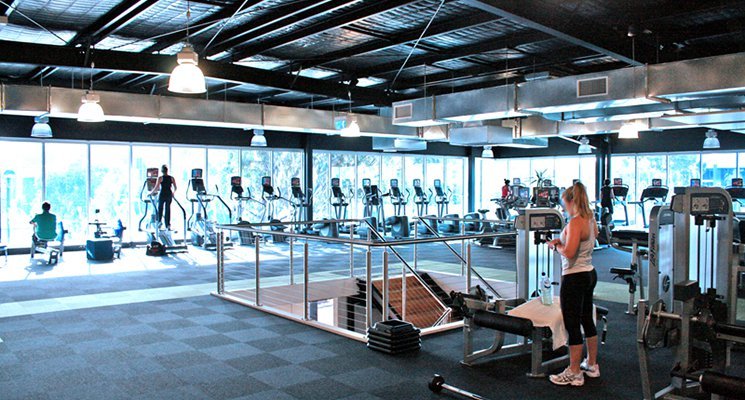“The 20 Best Gyms and Health Clubs in New York City,” “The Best Gyms in America for Every Workout,” “The 31 Best Gyms in America 2015”: Gyms, fitness centres, and sports facilities are subject to the near-constant publication of such lists, ones which, with varying degrees of validity, have great power to influence consumer decision-making. Every time you turn around, some magazine or other is ranking our businesses, comparing them with one another, and fitting their comparisons into some possibly arbitrary list that consumers might swallow wholesale when they’re contemplating putting money down. What’s a fitness facility to do?
First of all, don’t ignore the lists. It might be painful to read them, you might feel disempowered by them or frustrated by what you see as their meaninglessness, but you’ve got to keep in mind that your members are reading them, your competition is reading them, and your employees are reading them. And while you might not agree with their criteria or believe in their research methods, you need to keep up with what they’re saying about the industry. So, read the lists, even if you never appear on one or if you appear low down — or if you’re high up.
You want to read them not just because they give you information about what your colleagues, competitors, and membership know or believe to be true about fitness facilities, but also because they can give you clues about how to improve your business. Are the cleanest and hippest gyms the highest rated? If so, maybe it’s time to impose draconian standards for cleanliness and get yourself a new look. Are the sports facilities with former pro athletes the top-ranking ones? If so, maybe you need to reconsider who you’re hiring. Do the clubs that make the top of the list use an all-in-one gym management software? Perhaps you should think of investing in management software to streamline your business practices. Use the criteria in the best-of lists to help you make decisions about changes you could instigate in your facility.
That said; don’t give every list equal weight. Some best-of lists are drawn up with minimal research, and the meaninglessness you sense in the conclusions they draw is very real. Consider the publication the list appears in — is it one you think highly of yourself, or one you don’t really care about? Is it one with a large readership, or not much more than a cheap brochure? If it’s a web-only publication, how prominent is the advertising? That, more than anything, could determine who makes the publication’s lists and who doesn’t. Another factor to consider is reader input: Was the list created based on results of a survey that readers responded to? Or was it drawn up in an editorial meeting by people who perhaps have never been in a gym in their lives? If the latter, maybe you can take it with a grain of salt (read it, for the reasons stated earlier, but don’t pay it too much heed). If the former, you should tune in: The votes of readers and consumers probably do hold meaning, or at the very least probably can tell you what it is many of your members and prospective members consider important and attractive in a facility.
Take, for example, the article “31 Best Gyms in America 2015,” published recently by Active Times. While this magazine may not be as popular or as commercially significant as Fitness or Self, its best-of list is based on reader responses to a survey. What did the survey reveal? That cleanliness, community, and membership cost, in that order, are the three factors consumers consider most important when choosing a fitness facility. Would you ever have guessed that cost comes after cleanliness? Now look around you: How do you prioritize cleanliness vs. cost? Does your facility reflect members’ concerns adequately?
The bottom line is this: You can learn from best-of lists; you can even improve your operation based on what they say. And you should pay close attention when the lists are the result of reader responses. But you shouldn’t pay them too much mind overall — whatever list you’re not on today, you might be on tomorrow, and who can say why?








